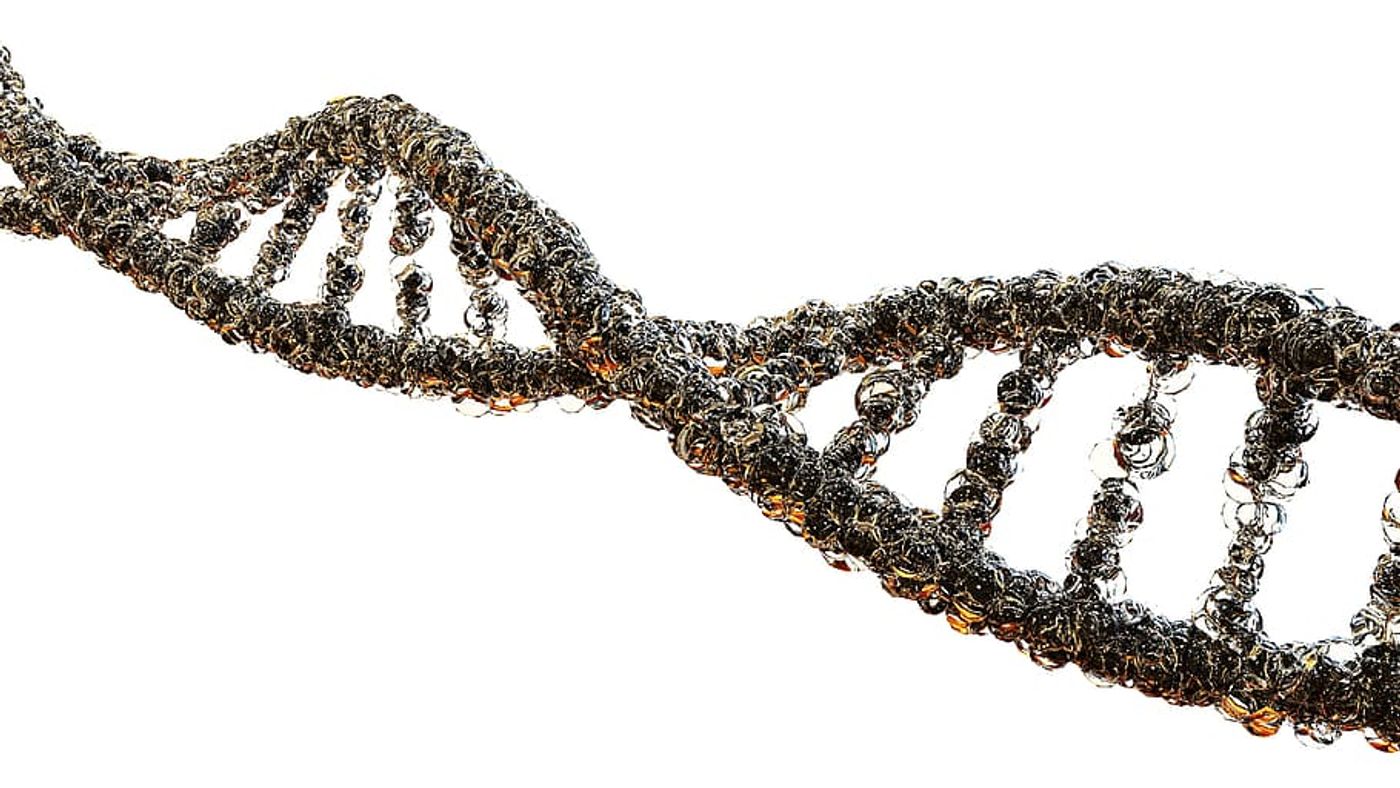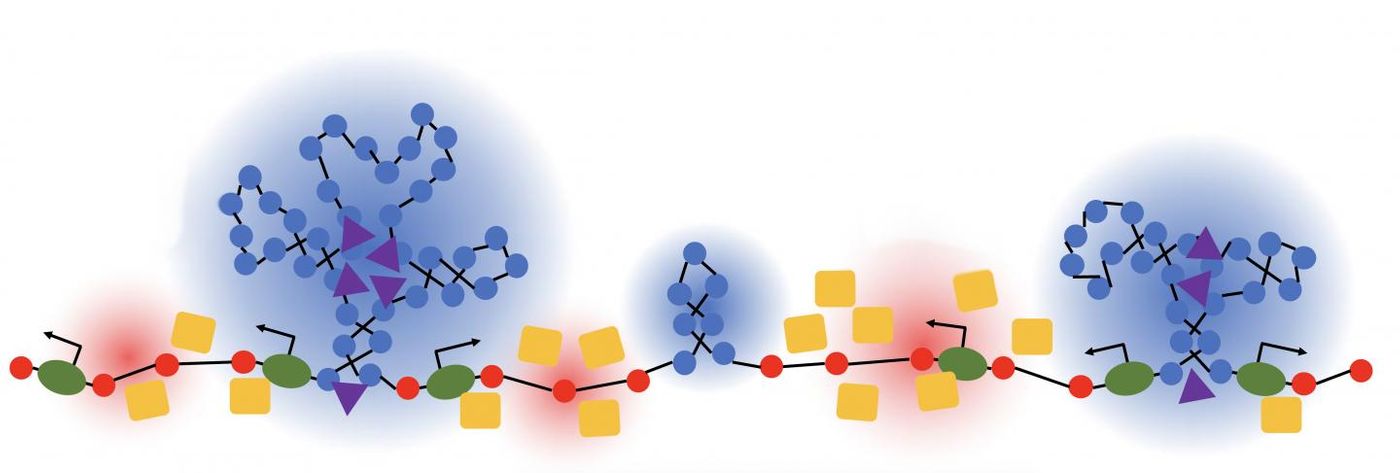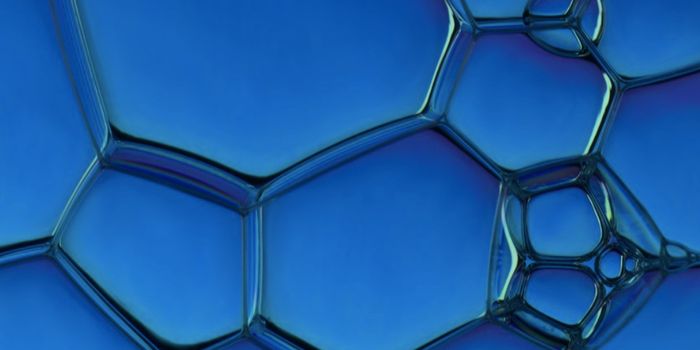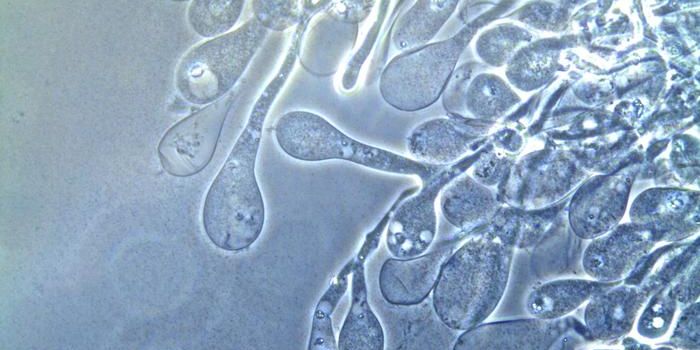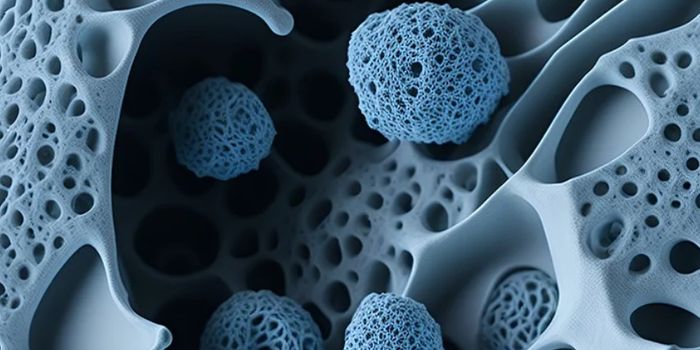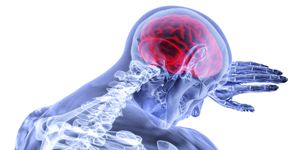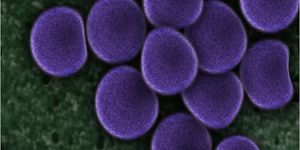Single Cells Carry 'Forests' of Chromatin
All of the instructions that are required to create and maintain an organism are carried in its DNA, and every cell carries a copy of that genetic code. Most human cells are thought to carry DNA that would stretch out to a length of two meters if it was unpackaged completely. In order to fit all of that genetic material into every cell, it has to be carefully coiled and wrapped so that it's compact, but also in a way that also enables the cell's machinery to access the right places at the right times.
DNA is wrapped and organized around proteins called histones, and together that complex is called chromatin. While we know a bit about the structure of chromatin, scientists are beginning to learn more about how it may be related to health and disease.
Researchers at Northwestern University have used imaging tools they created along with mathematical models to show how chromatin is folded. They showed that it can form several domains that are shaped like trees lining a chromatin path. This work, which was reported in Science Advances, suggested that chromatin is not as loose as thought, and that it has a hierarchy and structure in cells.
"By integrating theoretical and experimental work, we have produced a new chromatin folding picture that helps us see how the 3D genome is organized at the single-cell level," said study co-leader Igal Szleifer, the Christina Enroth-Cugell Professor of Biomedical Engineering at Northwestern's McCormick School of Engineering.
"If genes are the hardware, chromatin is the software," said study co-leader Vadim Backman, the Walter Dill Scott Professor of Biomedical Engineering and director of the Center for Physical Genomics and Engineering. "If the structure of chromatin changes, it can alter the processing of the information stored in the genome, but it does not alter the genes themselves. Understanding chromatin folding holds the key to understanding how cells differentiate and how cancer happens."
The researchers utilized advanced techniques in genetics, computer science, and imaging in this study; they used electron imaging, Partial Wave Spectroscopic (PWS) microscopy, and optical imaging created by Backman and colleagues.
"Our paradigm-shifting picture of chromatin folding is an important missing piece in the holistic view of genomic structure," said study first Kai Huang, a postdoctoral fellow in the Backman lab. "The results should inspire new strategies to fight cancer."
Sources: AAAS/Eurekalert! via Northwestern University, Science Advances
